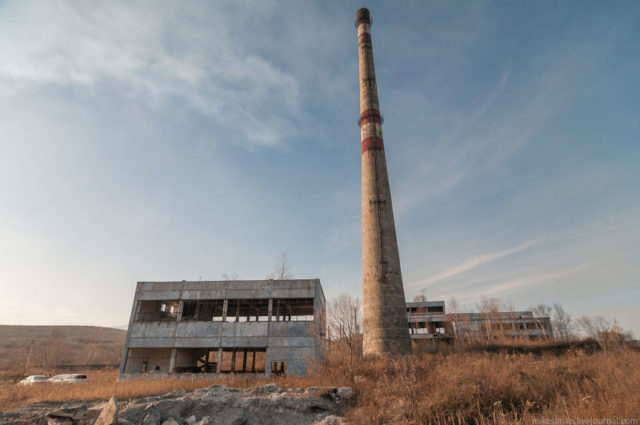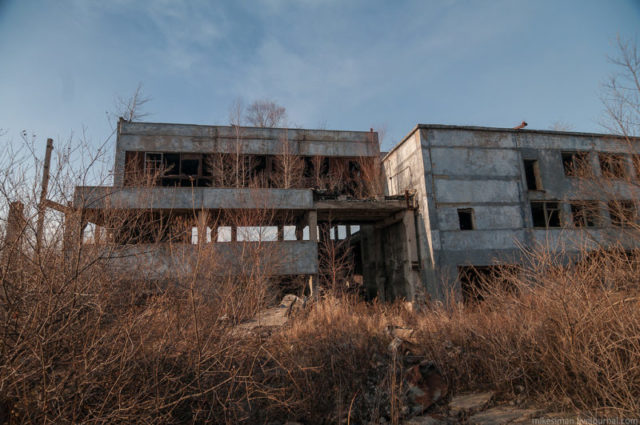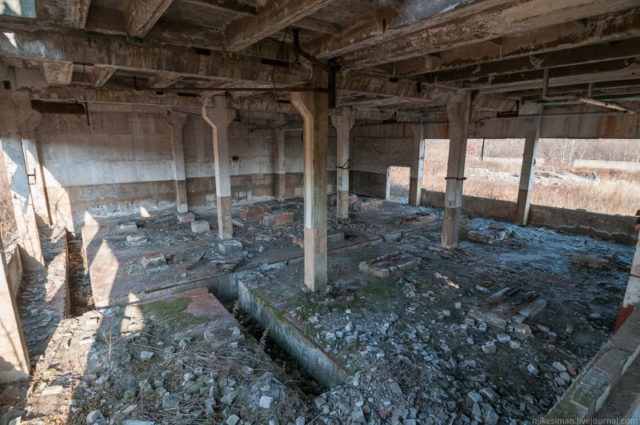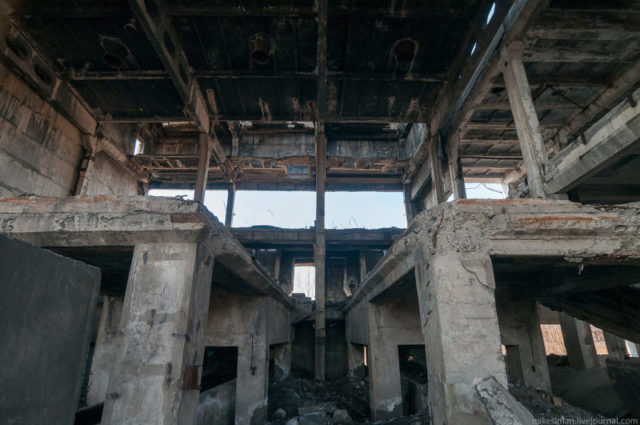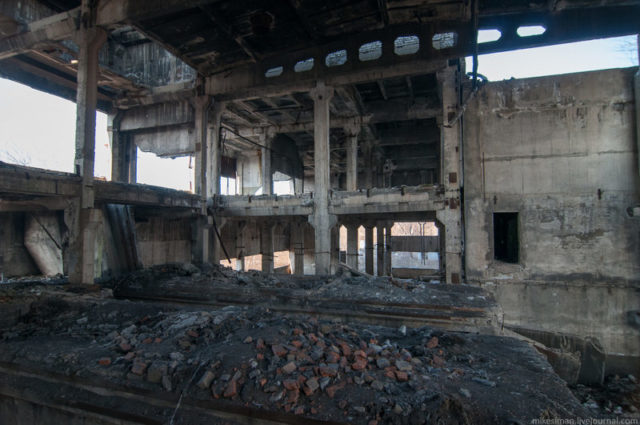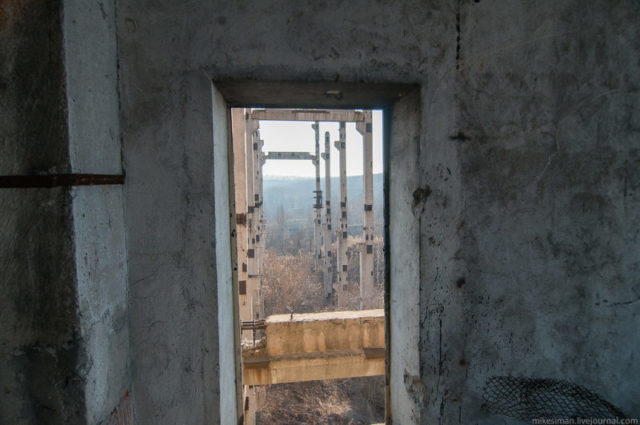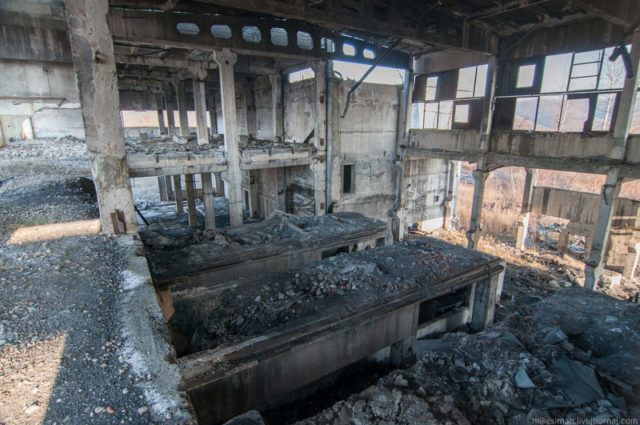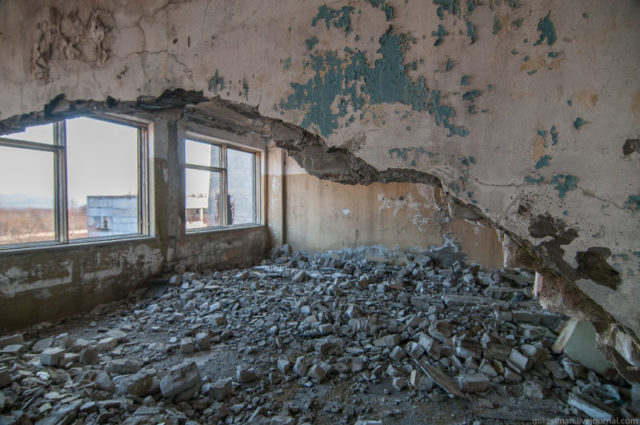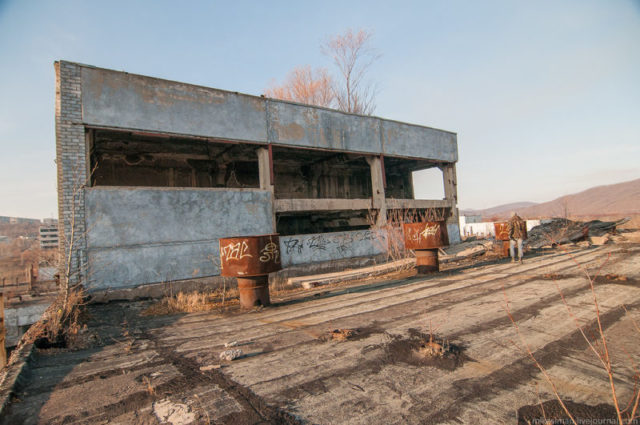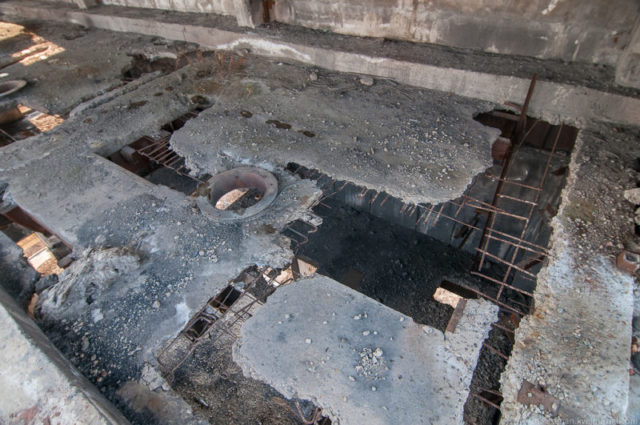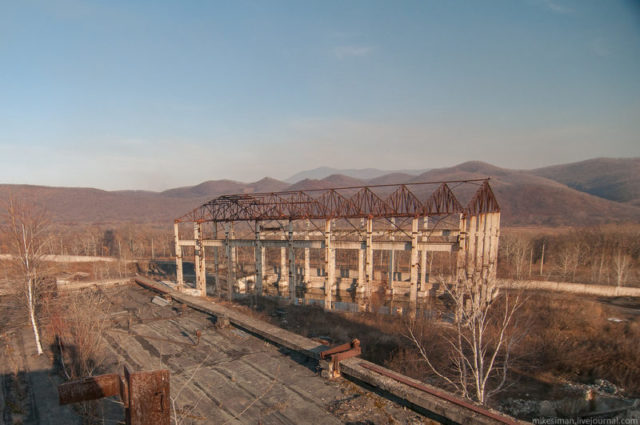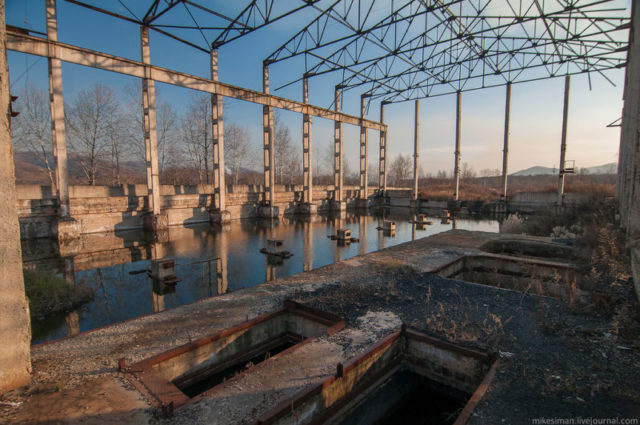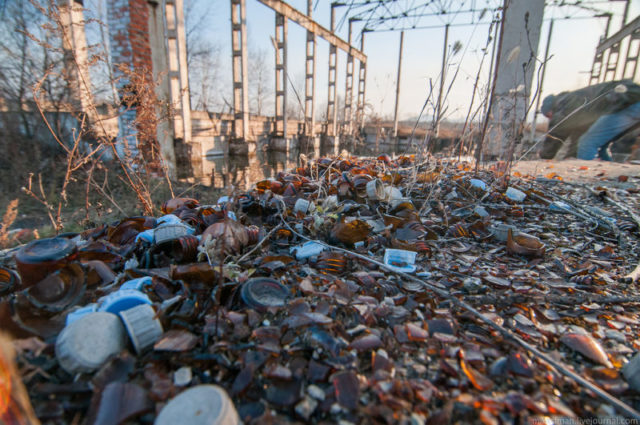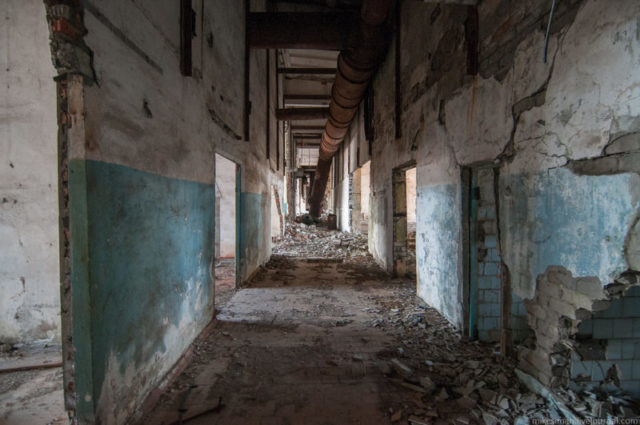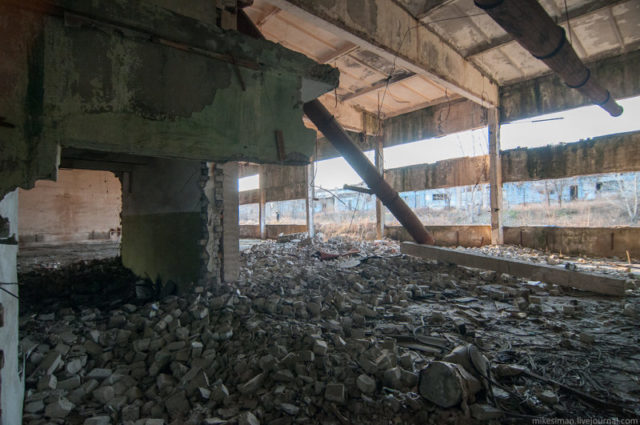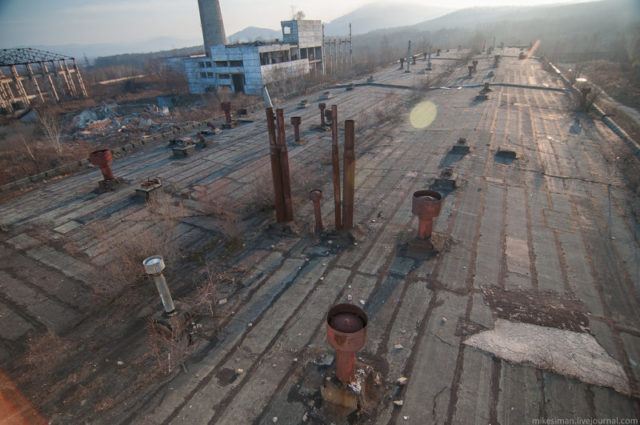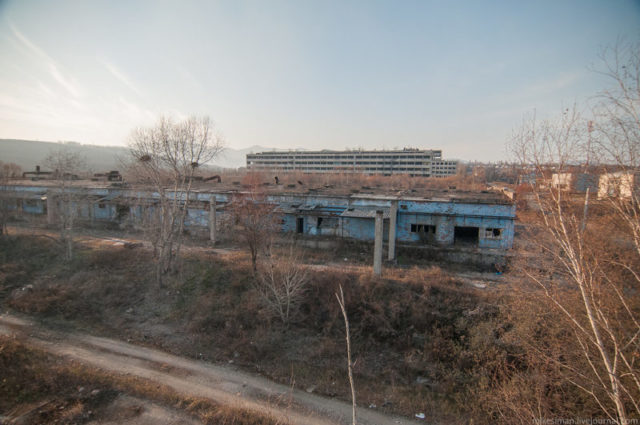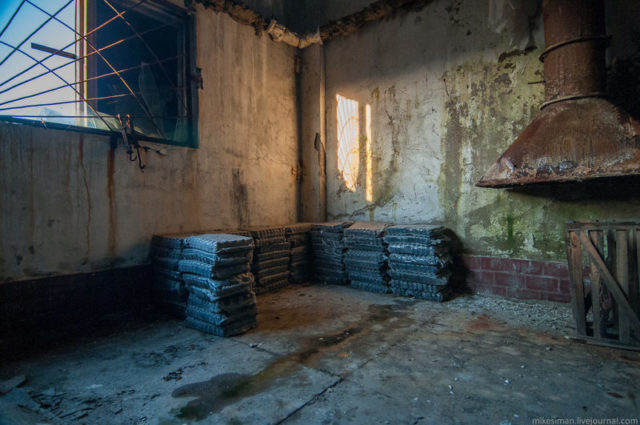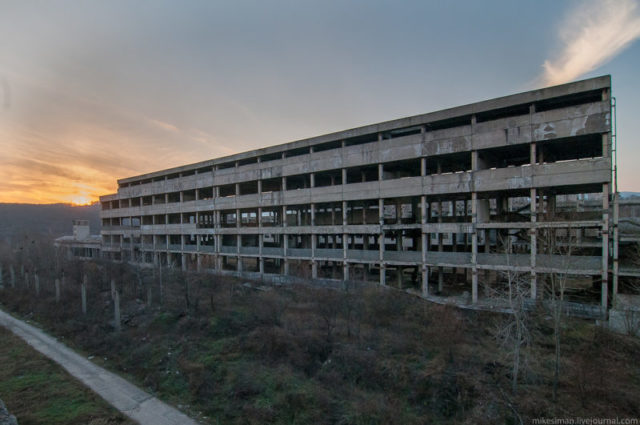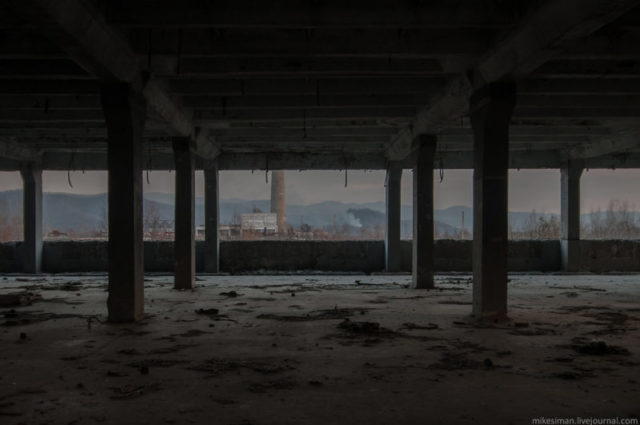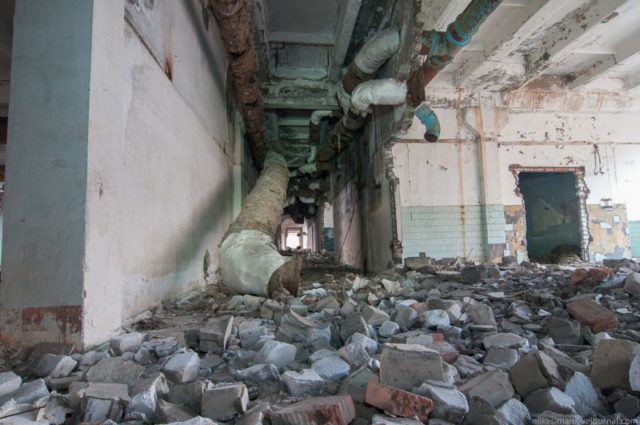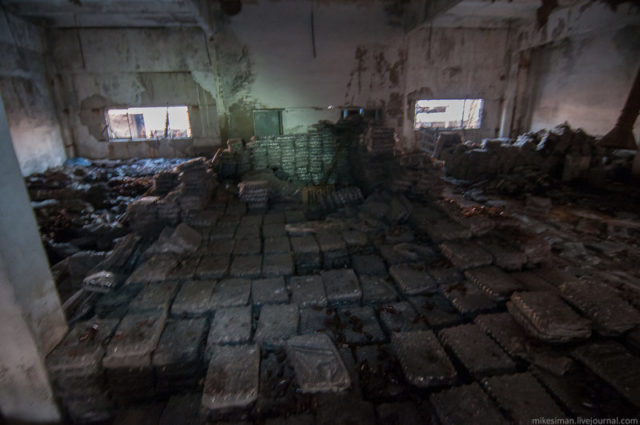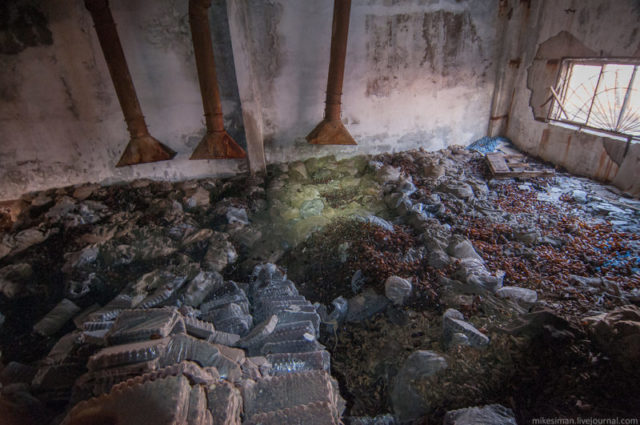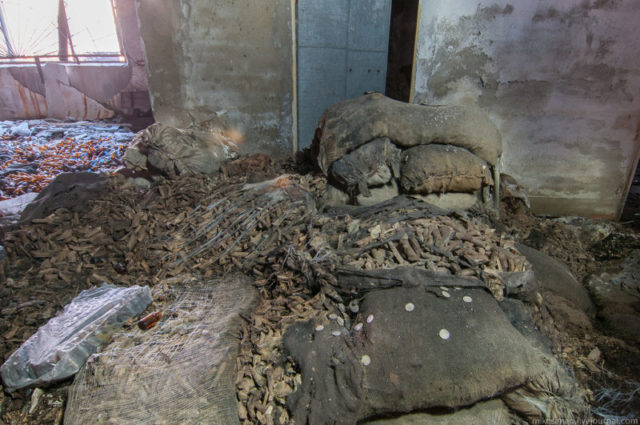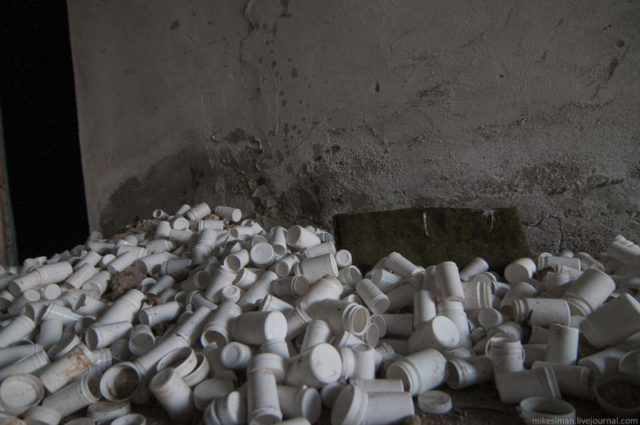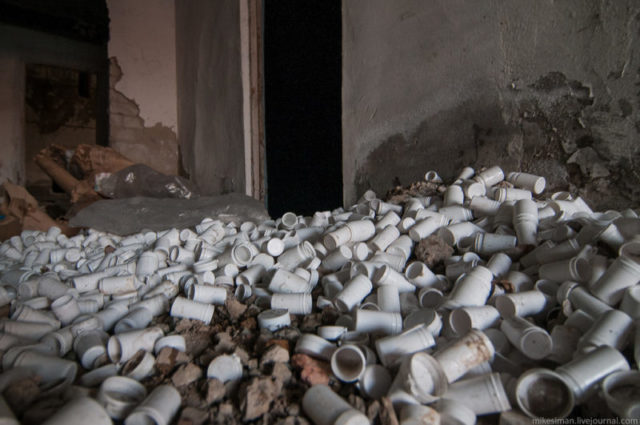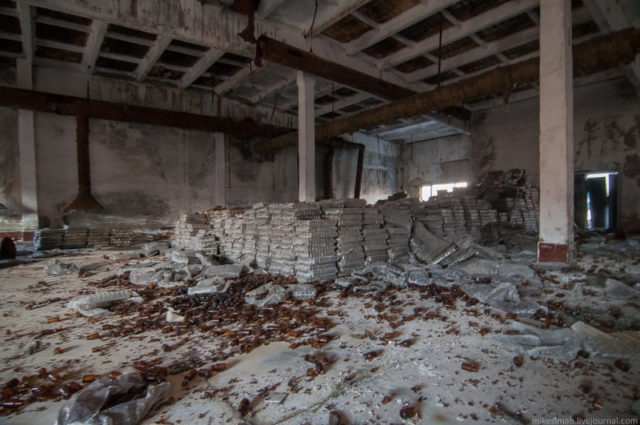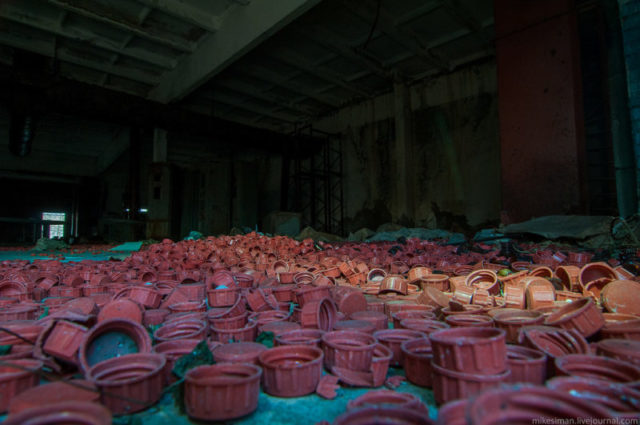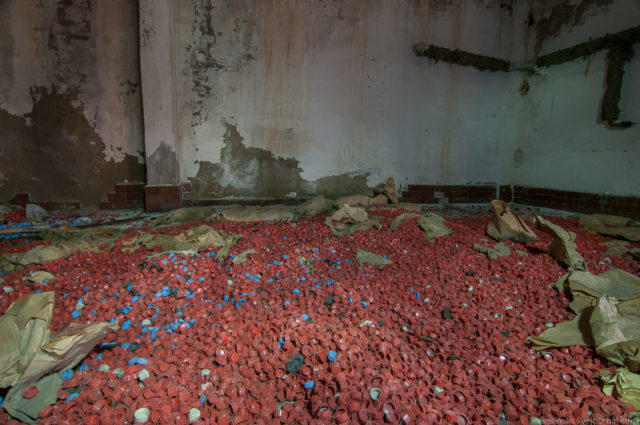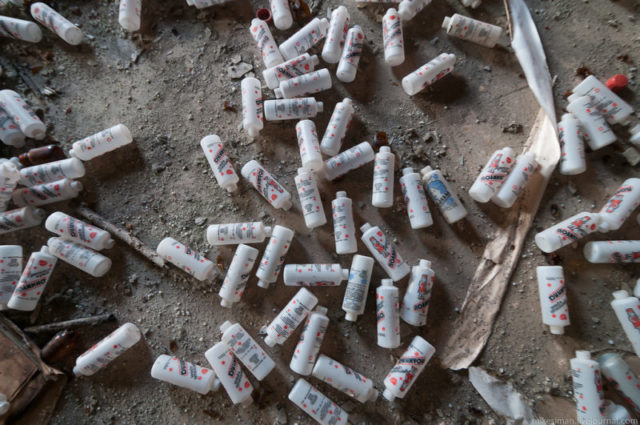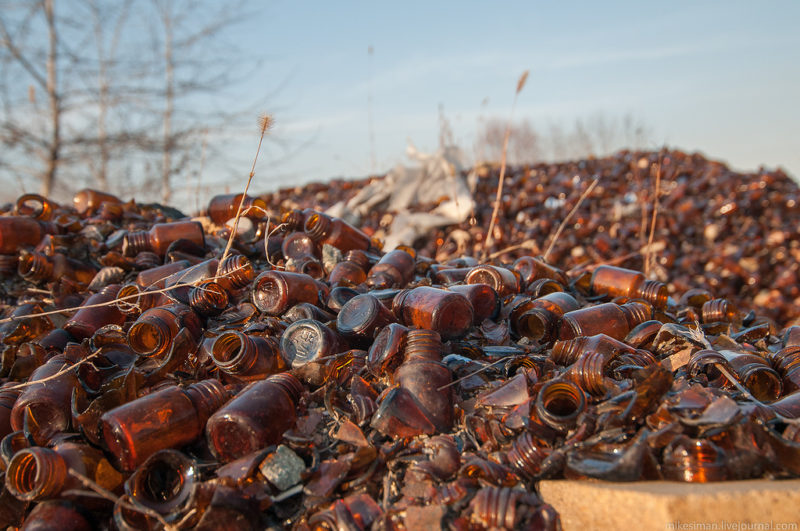After the Sino-Soviet Split of the 1960s, the relationship between China and the USSR seemed to have more or less stabilized, but not for long. It worsened again in 1977, when Hua Guofeng, Mao Zedong’s successor as chairman of the Chinese Communist Party, declared that the USSR posed a greater threat to national security and international peace than the USA.
The situation was aggravated by the increasing military tensions between Vietnam – an ally of the Soviet Union, and Cambodia, which was PRC’s ally, and then further by the signing of the Sino-Japanese Treaty of Peace and Friendship in August 1978, which had an “anti-hegemony” clause, effectively aimed at limiting Soviet influence in Asia and the Pacific.
In this context of escalation of tension between the USSR and China, the Soviets feared that a war with China would break out.
So in 1978, the construction of a chemical and pharmaceutical plant began in Partizansk, about 150 kilometers east of the Chinese border. Upon completion, it was to provide Soviet forces with all the necessary medical supplies.
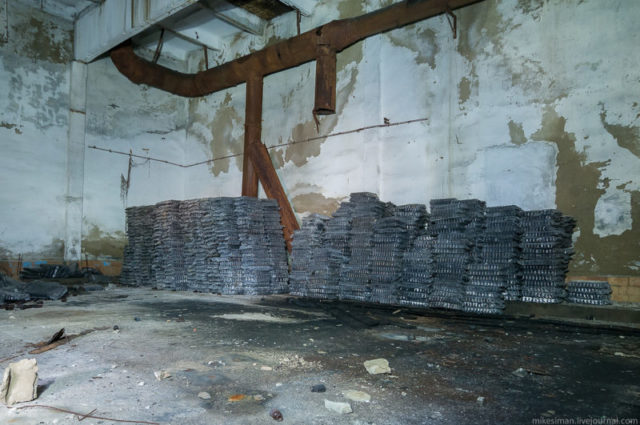
The chemical and pharmaceutical plant was planned as an enterprise of gigantic scale. The total territory of the nine industrial buildings, 3 of them designated to manufacturing, is a whopping 67,400 square meters – that is more than 9 football pitches. There are also other facilities at the site, including a treatment plant and a railway track.
The intended output of the plant is impressive. 120 million packs of pills, 110 million packs of bandages, 17.5 million packs of ointment and much more were to be produced here every year.
In the chaos of the 1990s, funding stopped, even though a large part of the plant, including one of three manufacturing buildings, was completed. Albeit unfinished, the plant started working and for two years it produced drugs, bandages and ointments until an accident happened in 1994 at the boiler facility.
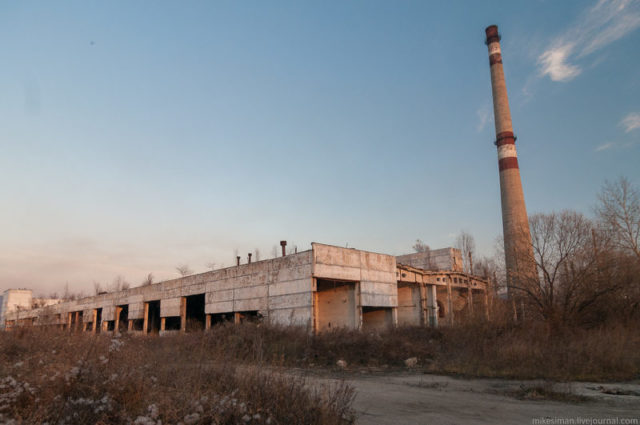
The plant was declared bankrupt and put up for auction for 1 million dollars. It was finally purchased in 1997, after 8 unsuccessful attempts to sell it. The buyer was JSC “FEZ-Farmgorod,” and the money used to make the purchase was loaned from one of its main shareholders – AK FEZ “Nakhodka.”
However, financial complications did not stop there. After some time, FEZ “Nakhodka” was accused of misappropriating funds so it demanded the loan to be repaid ahead of schedule. As a result, the plant once again had no money, except this time production was never resumed.
Now the plant is in dire state. The concrete buildings are crumbling and in places the floors have collapsed. Piles of bottles, test tubes, caps and packs of pills litter the territory of the plant – a reminder of the once ambitious plans for the future.
A big thank you to Mikhail Simanchuk for the photos! See more of his work here: mikesiman
